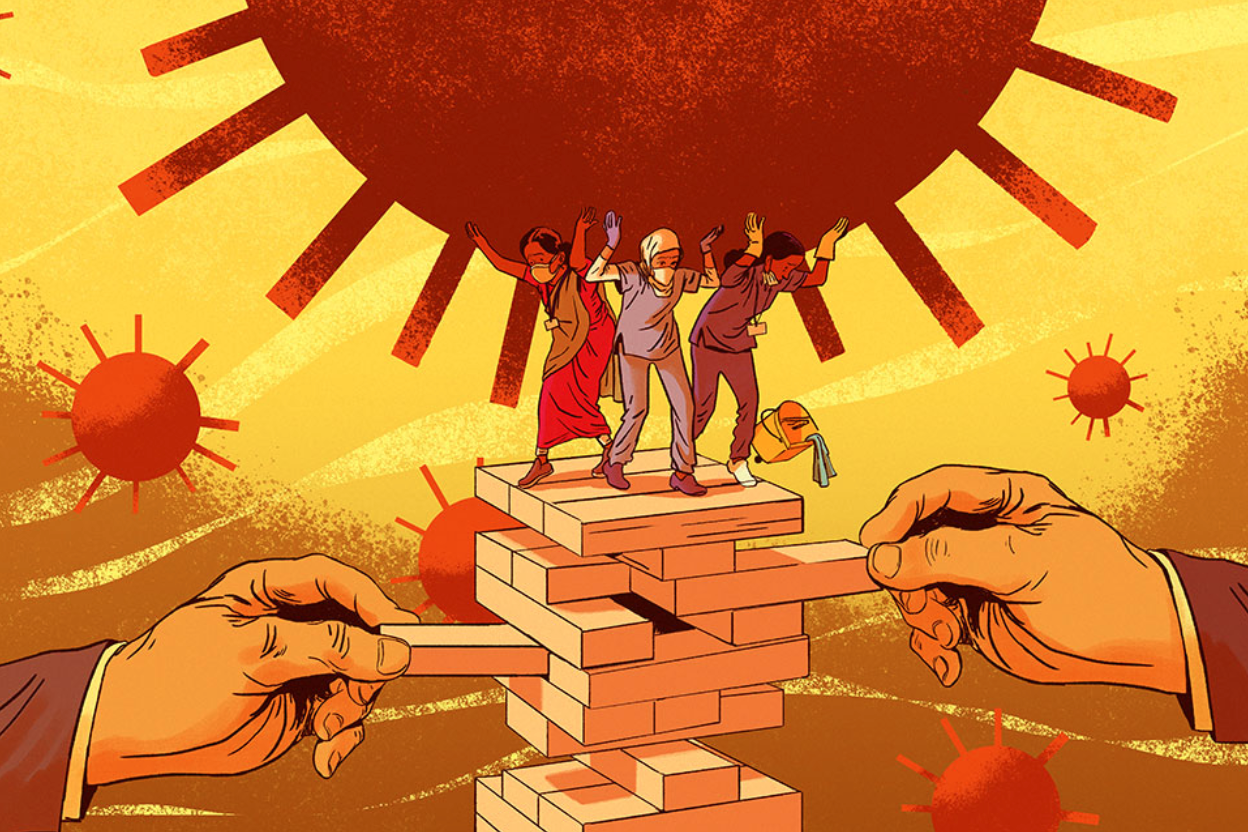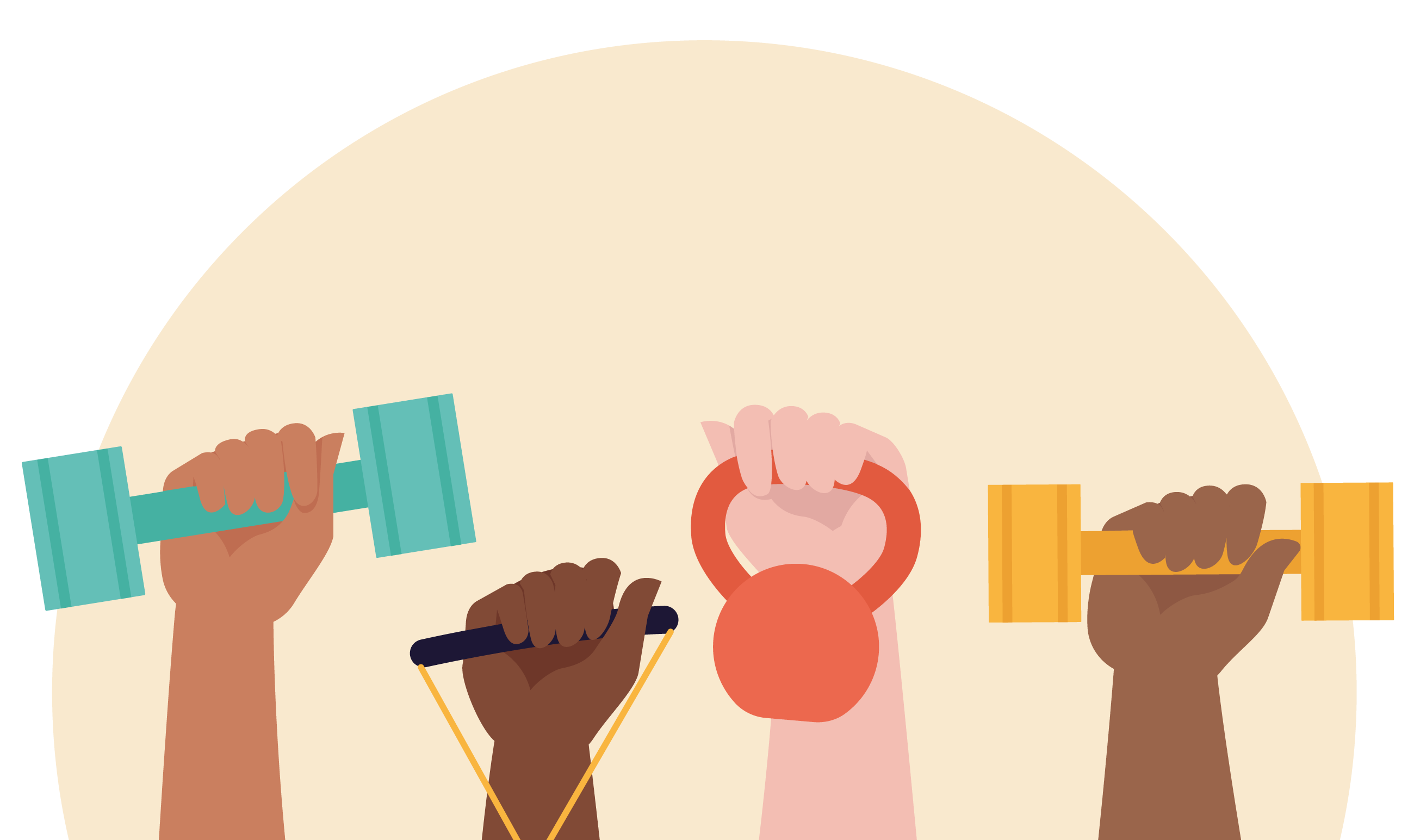By PHM Health Systems Thematic Circle | Alba Llop-Gironés, Ana Vračar, Ben Eder, Deepika Joshi, Jashodhara Dasgupta, Lauren Paremoer, Sulakshana Nandi, Susana Barria
Health and auxiliary workers are at the forefront of the COVID-19 pandemic response. They have been applauded as heroes by patients and politicians, but this has not translated into policies that address their rights and needs. Health workers face a double risk of infection, as they run the risk of contracting the virus in their workplaces, and in their communities and families (WHO 2020a). Even though a nominal consensus exists that health workers deserve protection, the lack of personal protective equipment (PPE) among health workers has been a widespread problem, especially in the early phases of pandemic (The Lancet 2020).
This paper assesses the impact of the COVID-19 pandemic on the most vulnerable categories of health workers in different countries, locating them within the country’s health system and political economy of healthcare. It focuses on the impact of precarious and contractual work, weakening of the public sector, privatization and commercialization of the health system on health workers, and differences between the global north and the global south, through an intersectional lens. Finally, it provides policy recommendations embedded within the framework of labour and socio-economic justice.
To underline the specific effects of inequalities and power relations among countries, social groups, and occupational groups, we focus on three categories of health workers who are situated at the lower levels of the hierarchy of health-related professions, namely nurses, community health workers (CHWs), and auxiliary workers. Auxiliary workers include laboratory and other technicians, workers involved in long-term care, sanitation workers, ward attendants, administrative, security, catering and cleaning staff, pharmacists, ambulance drivers, mortuary workers, carers providing homecare and home nursing, and many other categories of workers. Many of these workers are not commonly included in definitions of frontline health workers. This paper discusses the reasons for such exclusions and the need for them to be recognized as health workers.
Illustration by Chuan Ming Ong






